There’s a beautiful valley of rolling hills, steeped in history and timeless tradition just 25 minutes south of downtown Santa Fe, called El Rancho De Las Golondrinas (The Ranch Of The Swallows). A variety of adobe and wooden buildings stand in beautiful defiance of modern times, offering us a means to travel back through centuries.
For many centuries, Las Golondrinas was a popular paraje, (Spanish for stopping place) for Meso-American and North American Native traders. It’s natural cienegas (spring-fed ponds) and streams made it a traveler’s oasis after months of arduous trekking across the dry lands of Mexico, Arizona, and southern New Mexico.
Today, El Rancho de Las Golondrinas keeps the past very much alive, and continues to be a cherished place, loved by locals and visitors. Each year, from April to October, markets, fairs and festivals are held there, making it one of Santa Fe’s top destinations. In 2015, their Harvest Festival was voted #2 in USA Today’s Best Harvest Festival poll.
2017 Schedule of Events
April 30th & May 1st – New Mexico: The Civil War & More. 10am-4pm
May 14th & 15th – Fiesta de la Familia. 10am-4pm
June 3rd & 4th – Spring Festival & Fiber Arts Fair. 10am-4pm
June 17th & 18th – Herb & Lavender Festival. 10am-4pm
July 1st & 2nd – 24th Annual Santa Fe Wine Festival. Noon-6pm
July 22nd & 23rd – 10th Annual Viva Mexico. 10am-4pm
NEW in 2017: August 5th & 6th – Panza Llena, Corazon Contento: New Mexico Food Fest: Explore the food history of New Mexico at El Rancho de las Golondrinas. Step back in time, as you taste your way through the history of the Land of Enchantment. Experience historic methods of food preparation, learn from food historians, attend workshops, sample delicious locally made creations and find something special from our vendors and artisans. Make connections to New Mexico’s contemporary culinary scene and be the judge of an epic food truck war.
NEW in 2017: August 19th & 20th – Adventures in Territorial New Mexico: From Civil War battles to Old West shootouts, experience the adventure of Territorial New Mexico! Taste some grub from the back of a chuck wagon and listen to songs of the vaqueros who once drove cattle across this vast land. Visit soldier encampments, watch the blacksmith hammer iron and meet amazing ladies from these rough times.
Sept 2nd and 3rd – Fiesta de los Niños: Immerse yourself in a weekend of interactive family activities that celebrate water! Roam around the ponds, creeks and acequias that give life to our historic site as you have fun with, and learn about, this precious resource. Also encounter animals that populate the southwest and who, like us, depend upon water. Fun for all ages! Wander the grounds and meet costumed volunteers who will tell you about “La Vida Vieja.”
September 16th & 17th – Santa Fe Renaissance Fair. 10am-5pm
September 30 & Oct 1st – Harvest Festival. 10am-4pm
NEW: Oct 28th – Halloween Event “Spirits of New Mexico’s Past”: Meet the ghosts of history who lived and died in the land of enchantment! Step back in time and encounter a diverse assortment of characters from New Mexico’s illustrious and often little known past. Listen to their amazing stories and experience intriguing bygone events. Lit by lantern light and campfires, our wondrous historic site takes on a family-friendly but spooky Halloween atmosphere.
Las Golondrinas is a valued reminder of the area’s Native American and Spanish cultures, the settlers’ traditions, and their staunch perseverance in the face of tumultuous times. Pathways wind through two hundred acres of living history, and canopies of ancient cottonwoods – some dating back over four hundred years – arc overhead.
If those trees could talk…they might tell you that in 1598, the first Spanish colonists arrived by way of the 1500-mile-long El Camino Real de Tierra Adentra (The Royal Road of the Interior Lands).
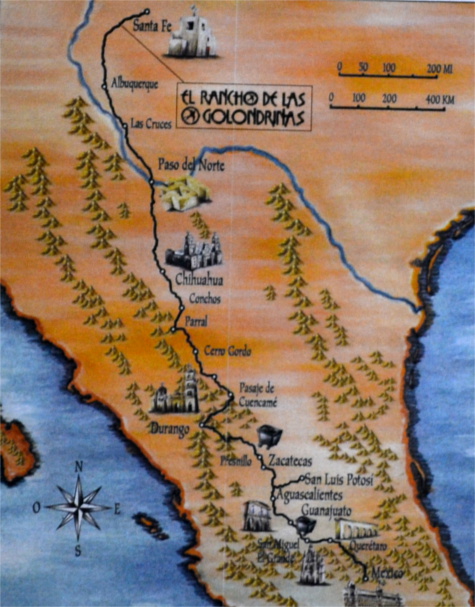
El Camino Real Map showing Las Golondrinas and the original capitol of New Spain – San Juan Pueblo (Ohkay Owingeh).
This was the trade route that stretched from Mexico City to the Tewa village of Ohkay Owingeh, (the name is Tewa for Place of the Strong People). ConquistadorJuan Oñate, leader of the Spanish colonizing expedition, claimed the Native village as the first capital of New Spain. He renamed it San Juan Pueblo. (In 2003, the pueblo people reclaimed their Native name.) Ohkay Owingeh, sits 45 miles north of Las Golondrinas. Once travelers reached Las Golondrinas they knew they had only one more day to journey to the capitol of Santa Fe.
Settlers at Las Golondrinas had all that was needed for independent living. Water was a most important resource, along with mud for adobe bricks to build shelter, fertile soil, and nearby mountain forests for lumber. The Spanish built acequias (irrigation ditches) from the natural springs and ponds. The same acequias are still used today to water the ranch’s land, livestock and crops. They introduced sheep and winemaking to the area, and many other ways of life that remain part of Las Golondrinas’ living history today.
During the Pueblo Revolt of 1680, the Spanish fled from New Mexico. In 1692, Don Juan de Vargas reclaimed New Mexico for the King of Spain. Spanish settlers returned in droves by way of El Camino Real. There are many travelers’ diaries and records from the time that mention el paraje de Las Golondrinas (the place of The Swallows).
Once again, the area thrived and villagers were able to trade their goods for outside provisions they didn’t have on hand, such as iron.
But Comanche raids were a common and devastating occurrence. Circa 1770 – 80, military leader and governor Don Juan de Anza stopped at Las Golondrinas, with his expedition of 150 soldiers.
By 1786, Anza’s efforts initiated a treaty between Spain and the Comanche, which reduced the number of raids and eventually led to a more peaceful existence for the inhabitants.
In 1933, Leonora Curtin and her mother bought the property. They are known for their roles in founding Santa Fe’s Spanish Colonial Arts Society, which is responsible for the Annual Spanish Market that draws thousands of visitors each July to Santa Fe’s historic plaza and surrounding areas.
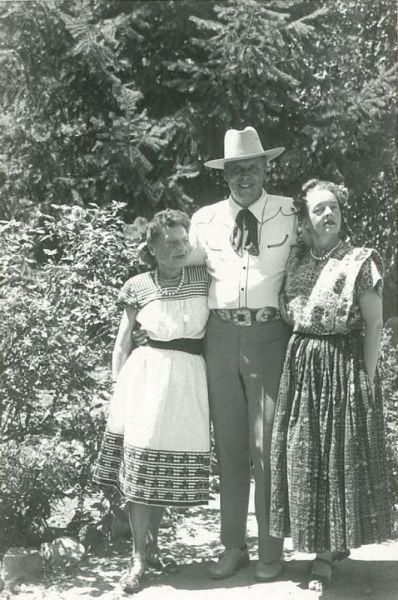
1948: Left to right: Leonora Scott Muse Curtin, Y.A Paloheimo and Leonora Curtin Paloheimo at Las Golondrinas.
In 1946, Leonora married Yrjo Alfred Paloheimo, and together they had the foresight to maintain the ranch as a living history museum. Two hundred acres are dedicated to the museum, leaving an additional two hundred acres of protected “green space.”
El Rancho de Las Golondrinas appears much as it would have in the 1700s and 1800s. The rolling hills are dotted with buildings, some original and a few replicas, and lifestyle methods remain true to their origins. From cider and wine making, sheep shearing, blacksmithing, wool dyeing, carpentry and weaving, to crop-growing and milling, hide-tanning, basket making and more, all are done by traditional methods.
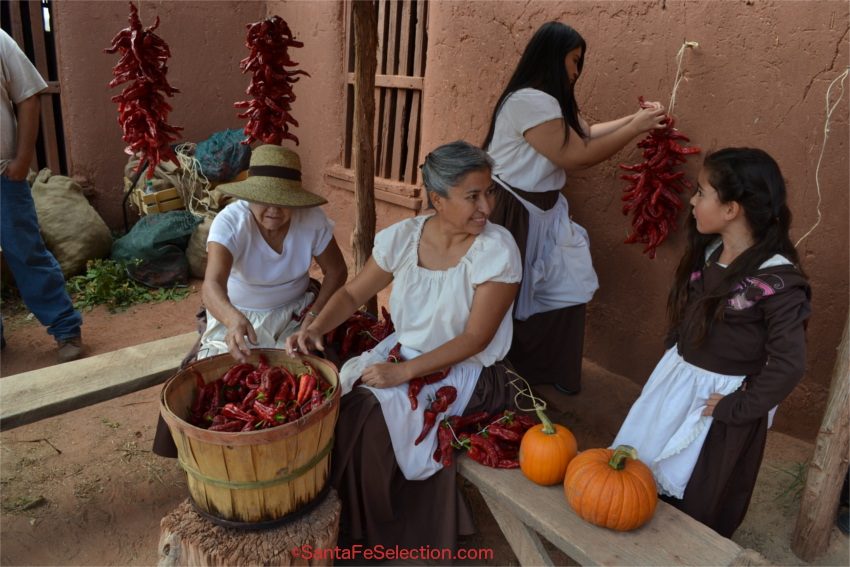
Ristra making from their own crop of chiles in La Placita (courtyard, well & horno ovens) representing the 1700s.
Children always have fun at Las Golondrinas. Each festival brings with it a variety of themed activities for the whole family; making tortillas by hand, archery, and treading grapes, are just a few.
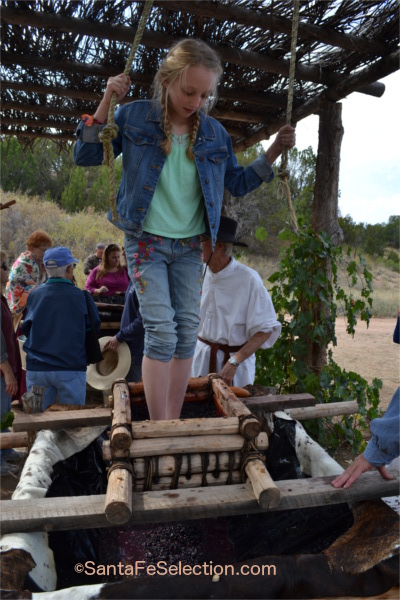
Crushing Grapes at Harvest Festival.
Delicious bread fresh from the horno is drenched in honey butter and enjoyed by all.
As well as being a great living history museum, Las Golondrinas’ authenticity makes it a popular location for film-makers. Such films as The Missing, starring Cate Blanchett and directed by Ron Howard, All The Pretty Horses, starring Matt Damon and directed by Billy Bob Thornton, are just two of many films shot here. Below is a set image from the filming of the popular TV series, Gunslingers.
And let’s not forget the swallows. If you visit, especially in the spring, the area is filled with swallows building their nests and skimming the waters.
If you’re planning a visit to New Mexico, or are a local, remember to include a a day at this much-loved paraje on El Camino Real.
Schedule: The museum is open for visitors: June – October, Wednesday – Sunday: 10am – 4pm. Guided tours are free with admission and depart at 10.30am, (except when there’s a special event). Self-guided tours optional.
Contact El Rancho de Las Golondrinas at (505)471-2261 for more info. Click link for map.
2017 Special events begin in June and run through October.
June 3rd & 4th:Spring and Fiber Fest: Life on the Trails of the Southwest 10am-4pm
June 17th & 18th – Herb & Lavender Festival. 10am-4pm
July 1st & 2nd – Santa Fe Wine Festival. Noon-6pm
July 22nd & 23rd – Viva Mexico. 10am-4pm
NEW: August 5th & 6th – Panza Llena, Corazón Contento: New Mexico Food Fest 10am-4pm
August 19th & 20th – Adventures in Territorial New Mexico
Sept 2nd & 3rd – Fiesta de los Niños
September 16th & 17th – Santa Fe Renaissance Fair. 10am-5pm
September 30 & Oct 1st – Harvest Festival. 10am-4pm
NEW: October 28th -Halloween Event “Spirits of New Mexico’s Past”
Thank you for reading my blog post. If you’d like to receive our monthly updates, please sign up here.
For more information on Santa Fe go to: SantaFeSelection.com Travel Guide & Concierge.

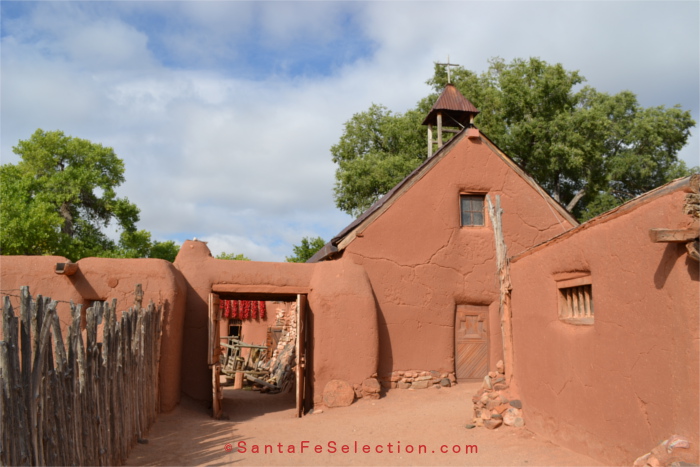
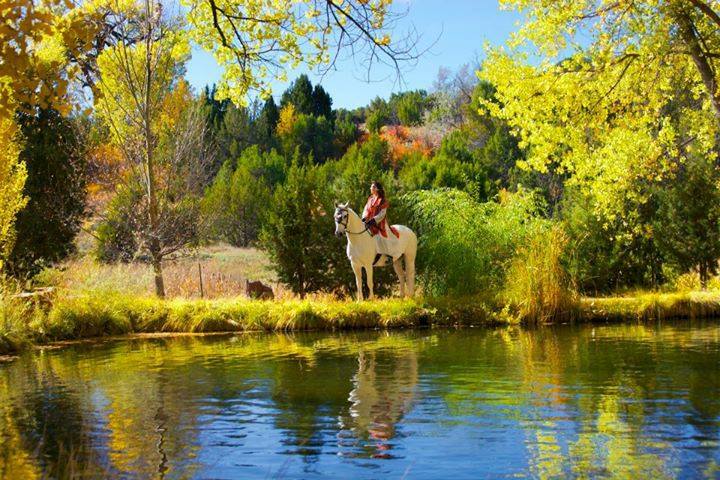
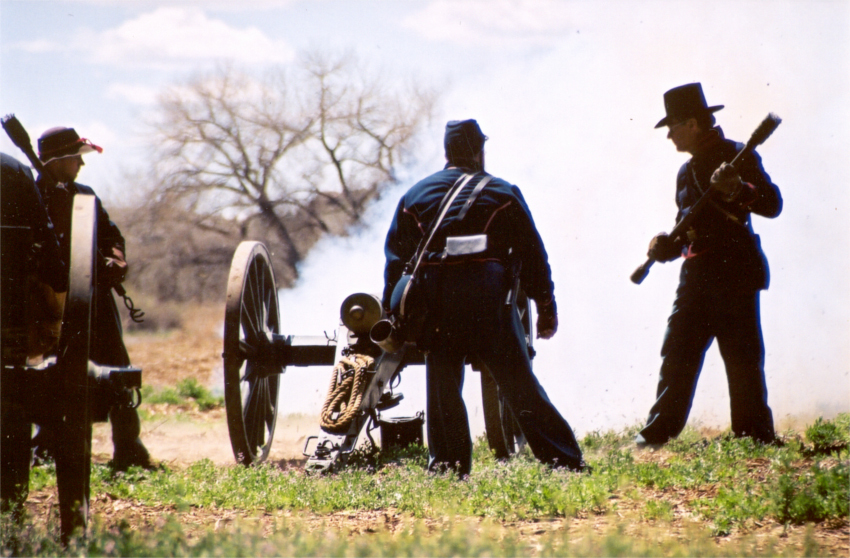
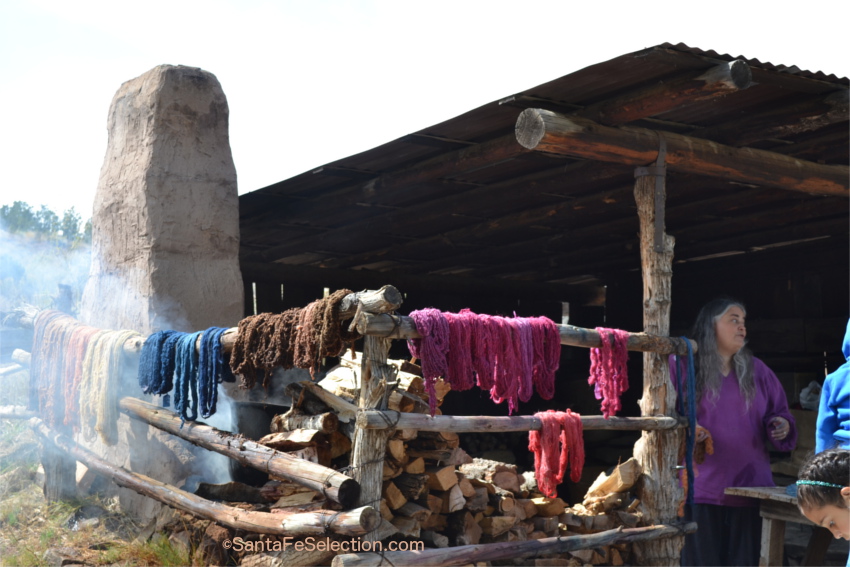
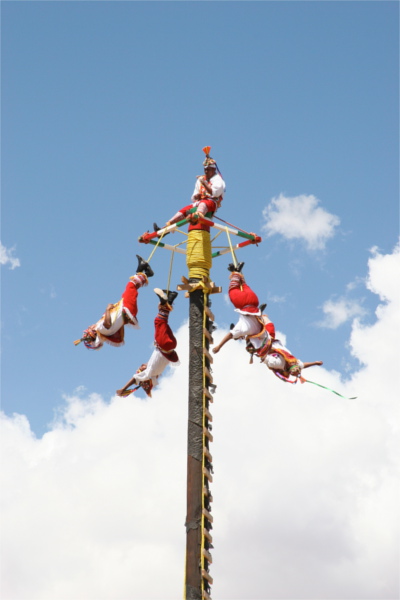
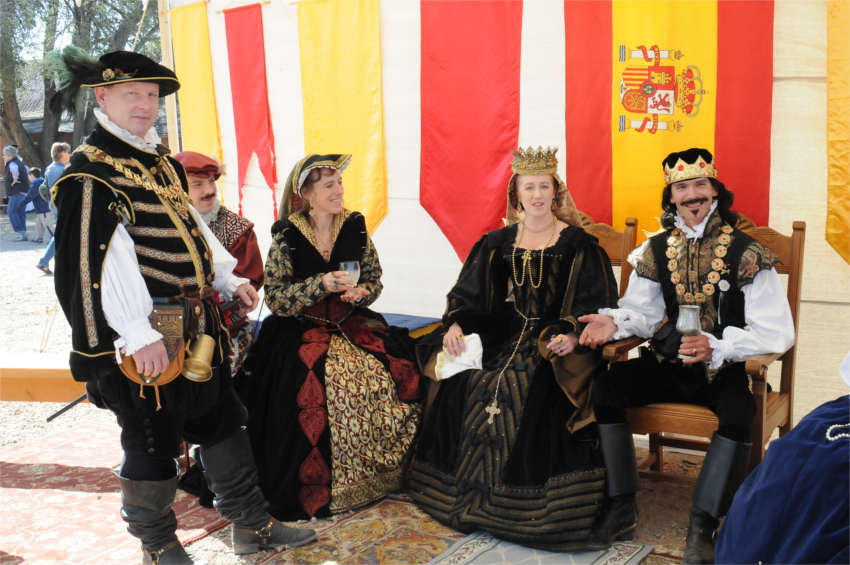
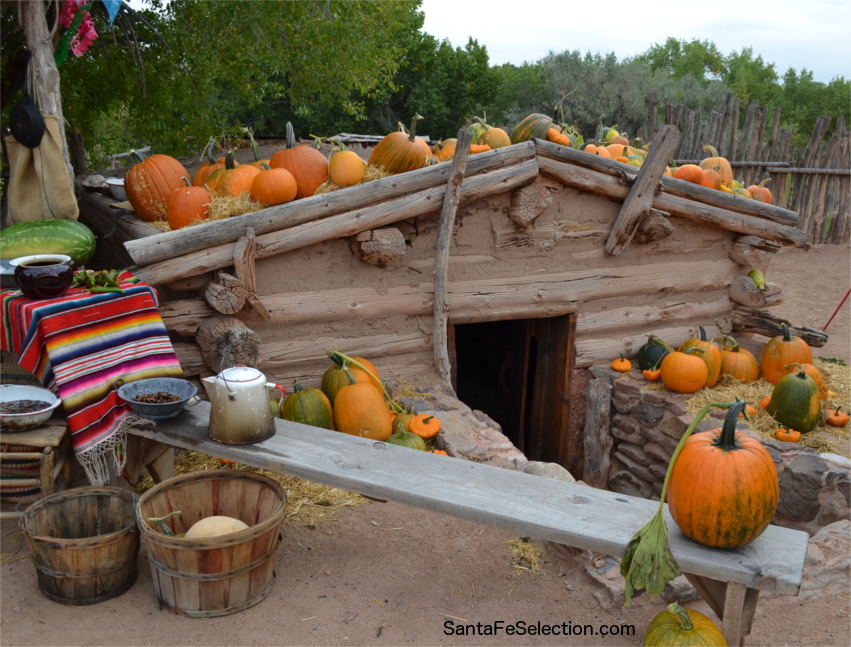
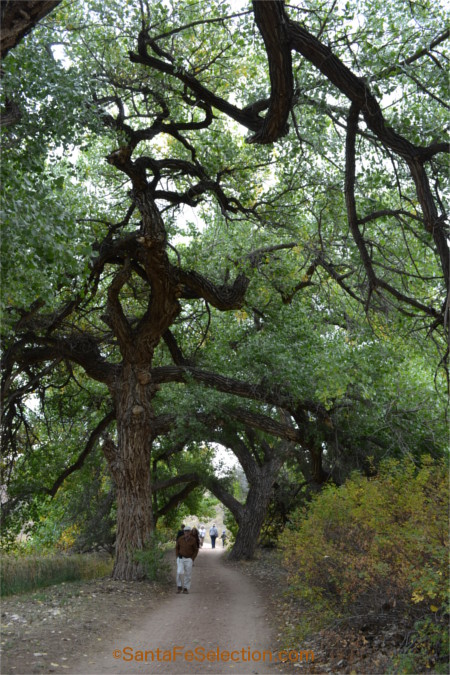
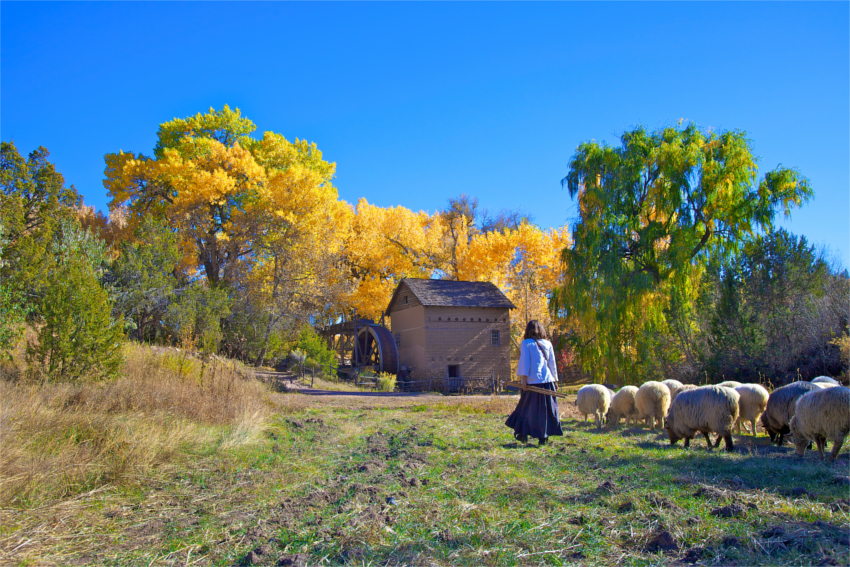
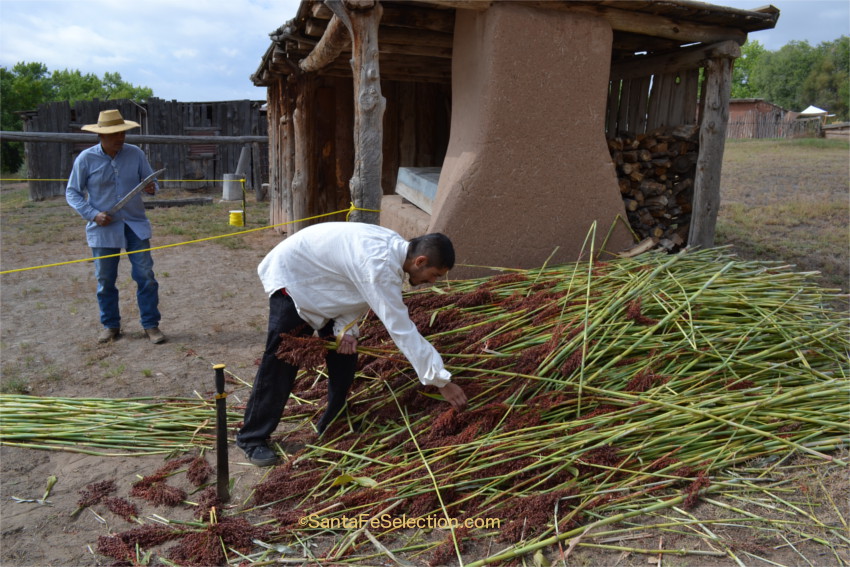

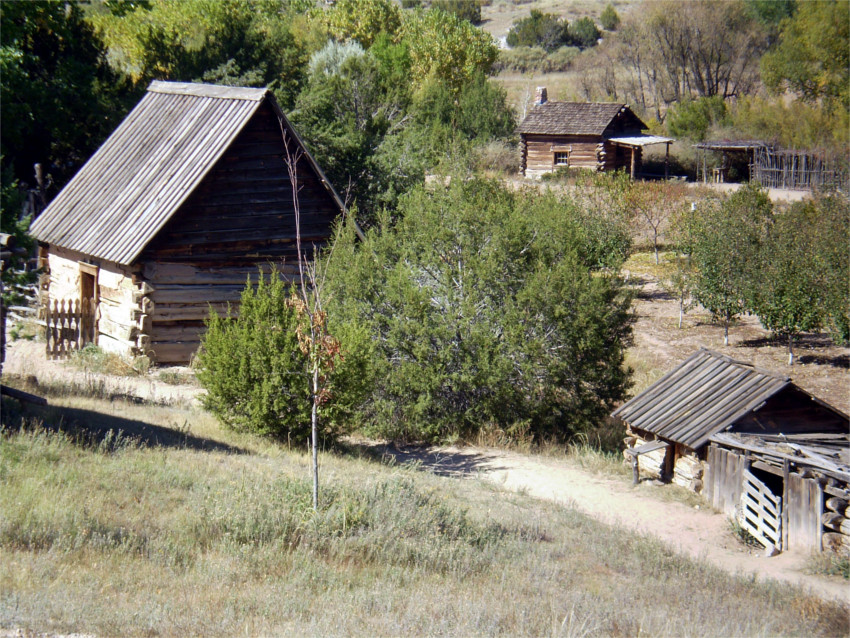
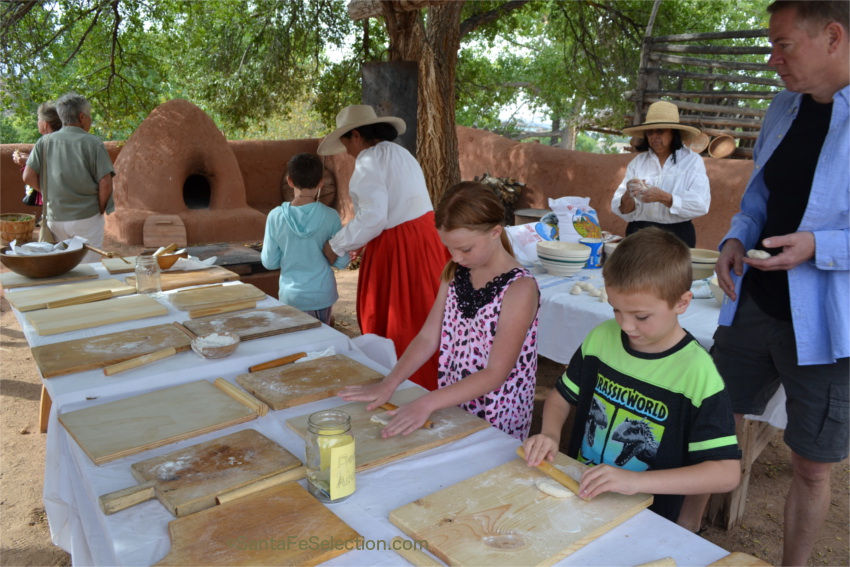
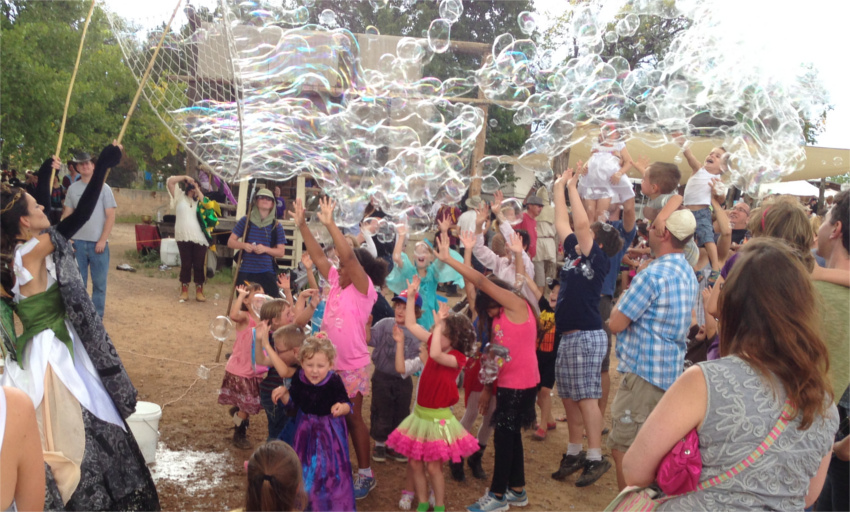


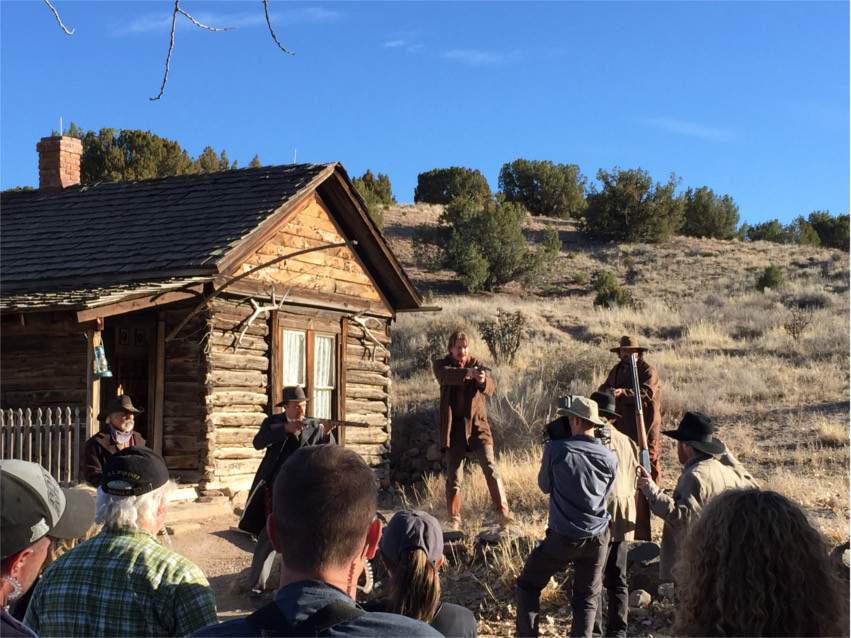
Hi Maria, your blog is so beautifully created. Jay and I always feel compelled for another visit! Peace and Love to you, Ann & Jay
Thank you Ann and Jay. Please come back again soon!!
Cheers!
Maria
Thank you so much for this post!